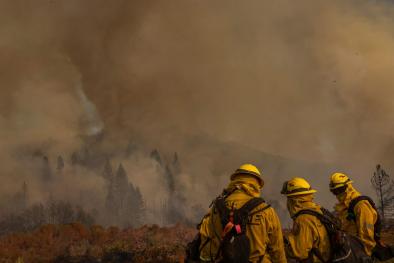Science Source
Attribution analyses of temperature extremes using a set of 16 indices
- States that detection and attribution studies have demonstrated that anthropogenic forcings have been driving significant changes in temperature extremes since the middle of the 20th century
- Combines formal statistical analyses based on optimal fingerprinting to attribute observed long term changes in temperature extremes with an ensemble-based approach for event attribution
- Applies analysis to 16 indices constructed with daily temperature data that focus on different characteristics of extremes
- Models indicate that anthropogenic forcings have influenced almost all indices in recent decades and led to more prominent changes in the frequency of extremes
- Optimal fingerprinting analyses show that for most indices the anthropogenic signal is detectable in changes during 1961–2010 both in Europe and on a quasi-global scale
- Event analyses estimate how anthropogenic forcings alter the chances of getting new record index values in Europe and find that such extremes would be markedly rare if human influence were not accounted for, whereas in the current climate their return times range from a few years to a few decades
Related Content
Headline

Feb 7, 2024 | Climate Nexus Hot News
Heat And Smoke Are Worse Together Than Apart
Science Source
| Science Advances
Unprecedented climate events: Historical changes, aspirational targets, and national commitments
Noah S. Diffenbaugh, Deepti Singh, and Justin S. Mankin
Science Source
| American Meteorological Society
Sixfold Increase in Historical Northern Hemisphere Concurrent Large Heatwaves Driven by Warming and Changing Atmospheric Circulations
Cassandra D. W. Rogers , Kai Kornhuber , Sarah E. Perkins-Kirkpatrick et al
Science Source
| American Meteorological Society
Diverse Characteristics of U.S. Summer Heat Waves
Bradfield Lyon and Anthony G. Barnston


